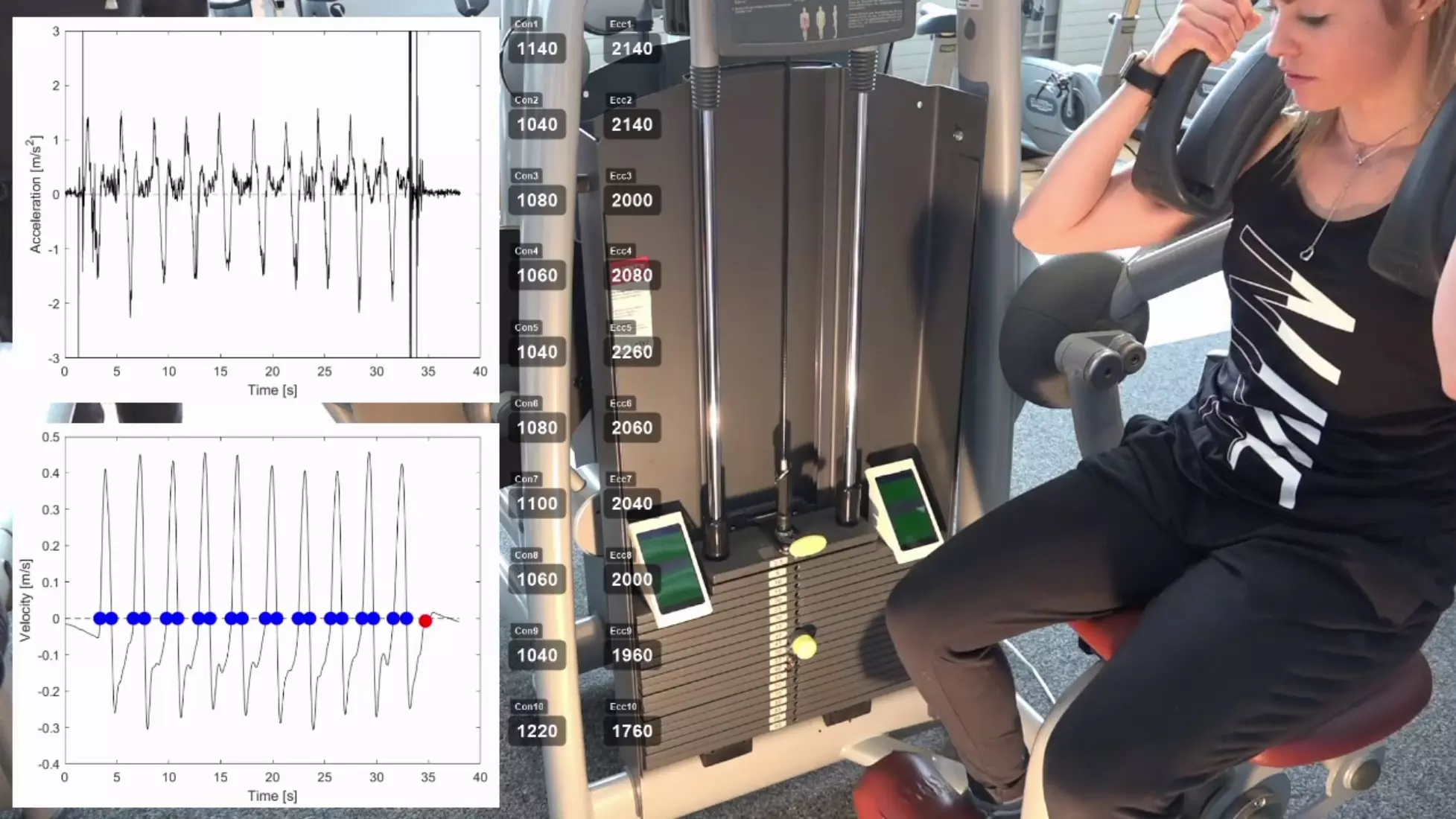Data-based strength training to combat muscle atrophy
Researchers from the ETH Zurich and the ZHAW have together developed a simple method which can precisely describe strength training using fitness equipment and can record missing comparative data. This could, in the future, help in the development of better training strategies that can combat age-related muscle atrophy too.

Muscles are essential for life. However, our muscle mass begins to decline continuously from around our 40th birthday. This age-associated muscle atrophy, referred to by specialists as sarcopenia, amounts to around 6% over ten years. Strength training is viewed as the most important method to counter the negative effects of sarcopenia. What is largely unknown, however, is what exactly targeted muscle training has to look like in order to optimally fulfil its purpose. Since strength training is not described precisely enough in practice, it is almost impossible to draw conclusions about muscle formation. In order to close this gap, researchers from the ETH Zurich and the ZHAW School of Engineering have developed an impressively simple method in cooperation with Kieser Training AG. It uses the acceleration sensors found in most smartphones to record with high temporal resolution the course of strength exercises performed using fitness equipment.
Wanted: time under stress
During strength training, the work performed with weights has until now only been recorded on the basis of the number of sets and repetitions. Such training data is, however, insufficiently comparable and thus not ideal when it comes to investigating the possible effects of the training on muscle formation. For muscle physiology, it is the temporal pattern of the strength exercise that is relevant. In order to reliably record the required data in the gym, the researchers are using smartphones as a digital analysis tool. The smartphone is attached to the respective weight block so that it can register the acceleration and speed of the weight during a strength exercise. A specially programmed app records the sensor data. This means that the training can be precisely analysed.
Long-term goal is a digitised gym
The new analysis method allows for muscle exercises to be described much more precisely than before and for the relative comparative values to be recorded in a standardised manner. This could, not least, help to combat age-associated sarcopenia and its consequences. At present, the method is still primarily intended for research purposes. In future, however, it is conceivable that individuals exercising in the gym could also use this tool to independently record data using their smartphone. This could, for example, allow them to better adjust their training plans to their needs. Such user data is also interesting to scientists.